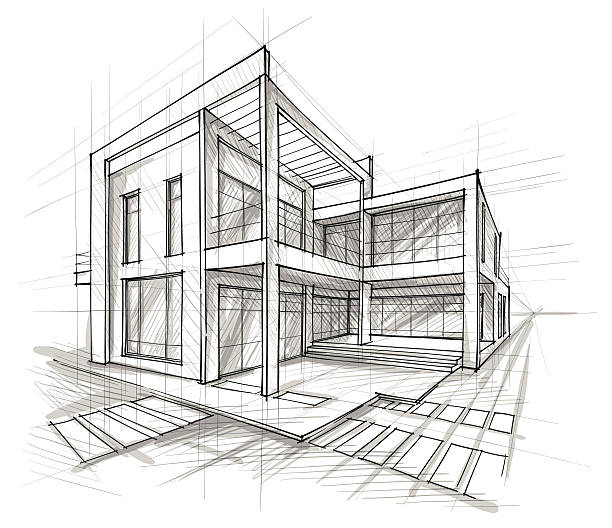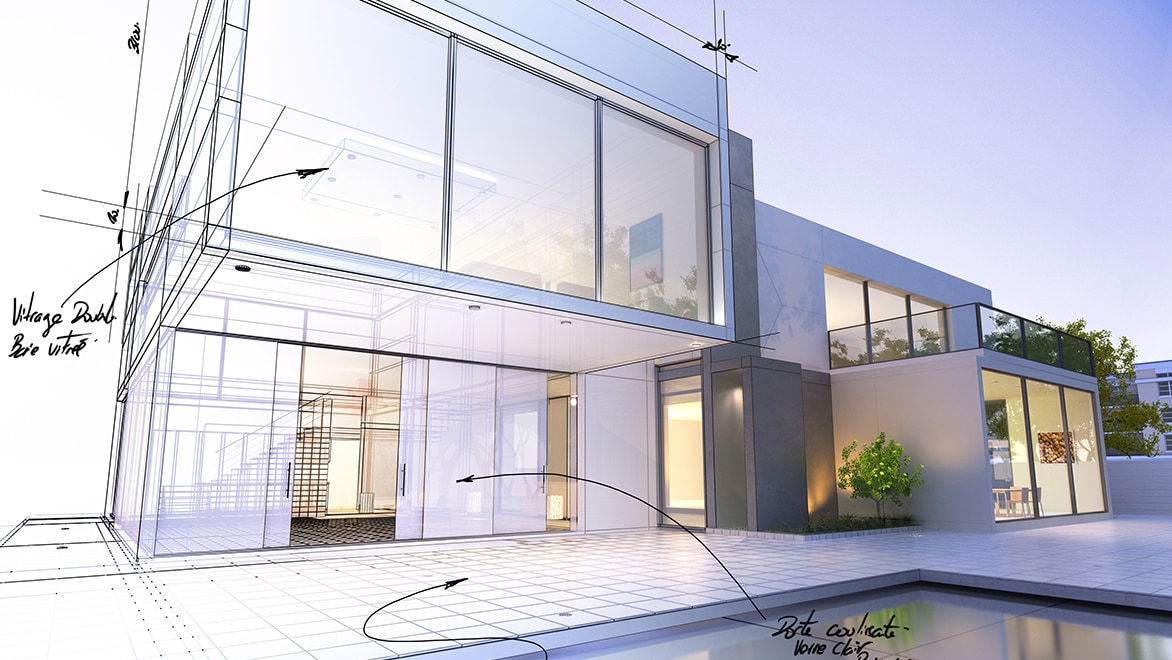Explore Award-Winning Jobs by Popular CDA Architects
Explore Award-Winning Jobs by Popular CDA Architects
Blog Article
The Impact of Technical Advancements on the Layout Practices of Contemporary Architects
The fast development of technological devices has considerably improved the style landscape for modern engineers, fostering extraordinary levels of innovation and sustainability. The assimilation of Structure Info Modeling (BIM), parametric design, and fabricated knowledge has not only structured collaboration among varied teams however likewise redefined job execution. As engineers accept these innovations, they are confronted with complicated obstacles that can influence their creative processes. Discovering these dynamics discloses a nuanced interplay between innovation and conventional design methodologies, triggering a closer exam of what the future holds for building techniques.
Evolution of Architectural Tools
Just how have building devices changed the design and building and construction procedures over the centuries? The evolution of building devices has substantially influenced the efficiency, precision, and imagination of layout and building. In old times, architects depend on fundamental instruments such as plumb bobs, determining poles, and basic geometry to develop frameworks. These devices laid the foundation for early building practice, enabling the building and construction of iconic structures, albeit with limitations in accuracy and intricacy.
With the arrival of the Renaissance, the intro of the compass and the protractor noted an essential change. These tools made it possible for designers to achieve higher precision in their designs, helping with the appearance of more elaborate and proportional buildings. The Industrial Transformation additionally transformed architectural exercise with the introduction of mechanized tools and products, enabling bigger and a lot more ambitious projects.
In the 20th century, the development of computer-aided style (CAD) software program transformed the landscape as soon as again, offering architects with unmatched capabilities in modeling and visualization. Today, progressed tools such as Structure Information Modeling (BIM) and parametric style software continue to press the borders of building development, allowing a more incorporated method to design and building processes.
Boosted Cooperation in Layout
As innovation remains to progress, enhanced cooperation in style has ended up being a cornerstone of modern building method. The assimilation of digital tools such as Structure Info Modeling (BIM), cloud-based platforms, and advanced visualization software application has changed the method architects, designers, and stakeholders interact throughout the style process. These devices promote real-time communication, enabling teams to share ideas, adjustments, and feedback instantly, no matter geographical place.

Additionally, interdisciplinary partnership has actually been streamlined through these technological advancements, making it possible for designers to function extra closely with various other experts, such as urban coordinators and environmental experts. The result is a more cohesive strategy to make that considers various point of views and knowledge. Eventually, boosted collaboration in design is not merely a trend; it is vital for developing innovative, practical, and aesthetically pleasing design in a progressively complicated world.
Sustainability With Modern Technology
Sustainability in style has actually progressively ended up being linked with technical advancement, driving the industry toward ecologically accountable methods - cda architects. Contemporary engineers are leveraging sophisticated innovations check my blog to reduce ecological effect while improving the performance of structures. One popular example is using Structure Info Modeling (BIM), which permits specific preparation and resource allocation, decreasing waste throughout building and construction and advertising power performance throughout a structure's lifecycle
Moreover, wise materials and energy-efficient systems are being integrated into layouts to optimize source use. Technologies such as solar batteries and eco-friendly roof harness eco-friendly energy sources, contributing to lowered carbon impacts. Additionally, the application of expert system in layout processes makes it possible for engineers to simulate and examine energy consumption, guiding choices toward even more sustainable end results.
The assimilation of sustainable technologies not just straightens with global environmental objectives however likewise fulfills a raising need from customers for green solutions. As engineers accept these advancements, the emphasis shifts towards developing spaces that are not just visually pleasing yet likewise functionally lasting, thereby redefining the requirements of modern design. This way, innovation works as a stimulant for sustainability, enabling designers to make structures that regard and boost the all-natural atmosphere.
Difficulties in Execution
While technological improvements in design hold fantastic pledge for boosting sustainability, their execution often runs into considerable obstacles - cda architects. One key barrier is the steep discovering contour linked with new modern technologies. Architects and building specialists might need comprehensive training to effectively use innovative software program and tools, which can postpone job timelines and increase costs
In addition, the combination of emerging technologies, such as Structure Details Modeling (BIM) and lasting products, frequently necessitates cooperation across multidisciplinary teams. This cooperation can be hindered by distinctions in knowledge, workflows, and interaction designs, leading to possible disputes and ineffectiveness.
Financial restrictions better make complex the adoption of innovative innovations. Many building companies, specifically smaller sized ones, might lack the resources to buy innovative devices, limiting their capacity to compete with larger firms that can manage such financial investments.
In addition, regulative frameworks and building ordinance might not maintain rate with find technical advancements, creating uncertainty and potential compliance concerns. This challenge can dissuade architects from totally accepting new technologies, as the threat of non-compliance may exceed the advantages. Consequently, resolving these application difficulties is essential for the successful assimilation of technological developments in modern architectural practices.
Future Trends in Style
The obstacles related to the implementation of brand-new modern technologies in design have prompted a reevaluation of future trends within the sector. As engineers browse concerns such as sustainability, urbanization, and social equity, they are progressively taking on innovative technologies to enhance layout efficiency and ecological efficiency.
One popular fad is the assimilation of expert system (AI) in the design procedure. AI devices can examine large datasets to notify layout decisions, improving both creativity and functionality. Likewise, Structure Information Modeling (BIM) remains to advance, making it possible for real-time partnership among stakeholders and assisting in streamlined job monitoring.
Sustainable style practices are also obtaining energy, with architects concentrating on flexible reuse and regenerative design concepts that lessen resource intake and waste. The unification of wise materials and renewable resource sources will further enhance the durability of structures in the face of environment change.

Final Thought
Technical innovations have actually significantly reshaped architectural layout methods, promoting improved accuracy, partnership, useful content and sustainability. The assimilation of tools such as Structure Details Modeling and parametric layout software, alongside synthetic knowledge and clever materials, equips architects to resolve complicated challenges extra successfully.
Report this page